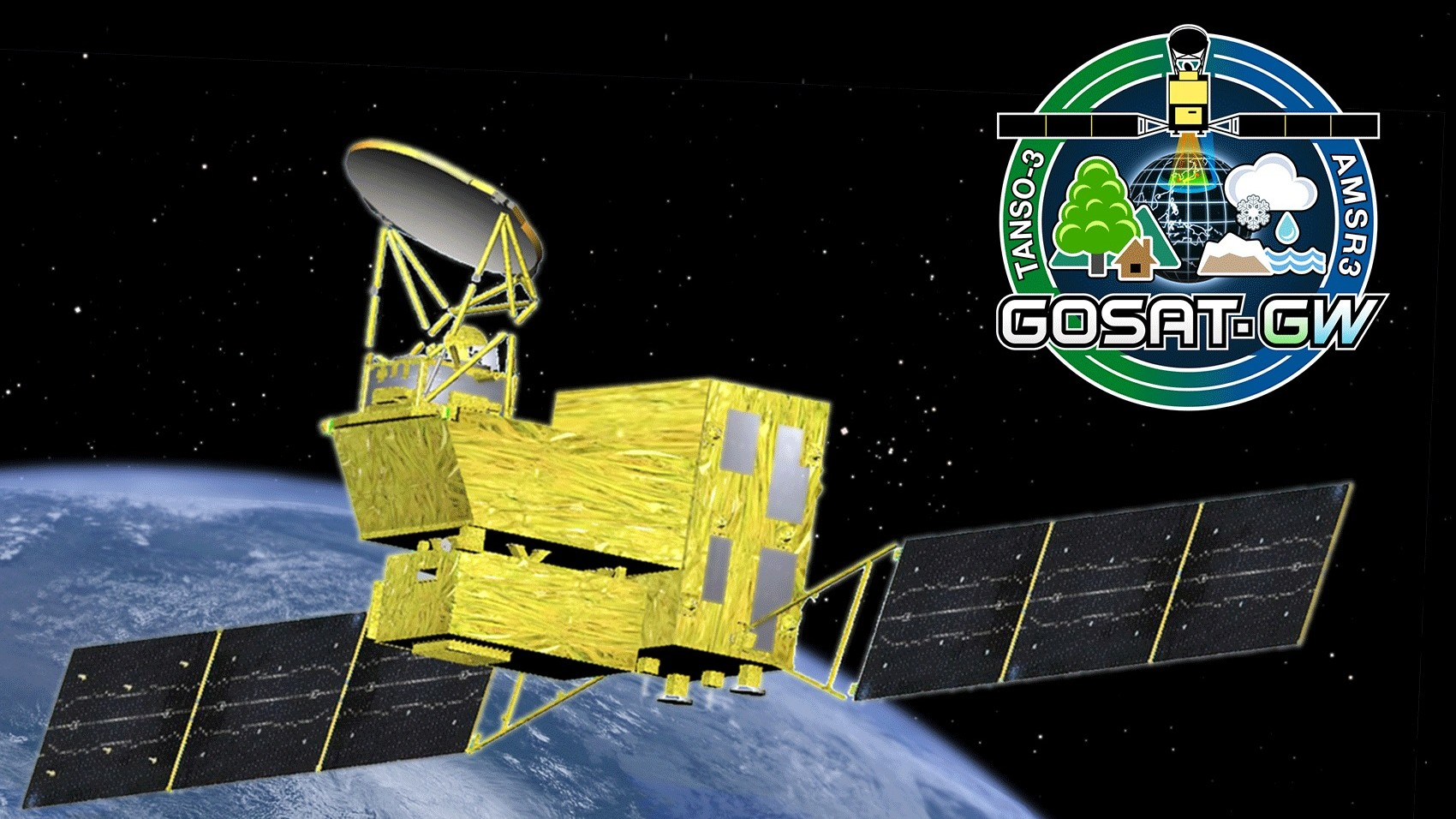
H-2A
H-IIA is an active expendable launch system operated by Mitsubishi Heavy Industries for the Japan Aerospace Exploration Agency. These liquid fuel rockets have been used to launch satellites into geostationary orbit; lunar orbiting spacecraft; Akatsuki, which studied the planet Venus; and the Emirates Mars Mission, which was launched to Mars in July 2020. Launches occur at the Tanegashima Space Center. The H-IIA first flew in 2001. As of November 2020, H-IIA rockets were launched 43 times, including 37 consecutive missions without a failure, dating back to 29 November 2003. Production and management of the H-IIA shifted from JAXA to MHI on 1 April 2007. Flight 13, which launched the lunar orbiter SELENE, was the first H-IIA launched after this privatization. The H-IIA is a derivative of the earlier H-II rocket, substantially redesigned to improve reliability and minimize costs. There have been four variants, with two in active service for various purposes.
